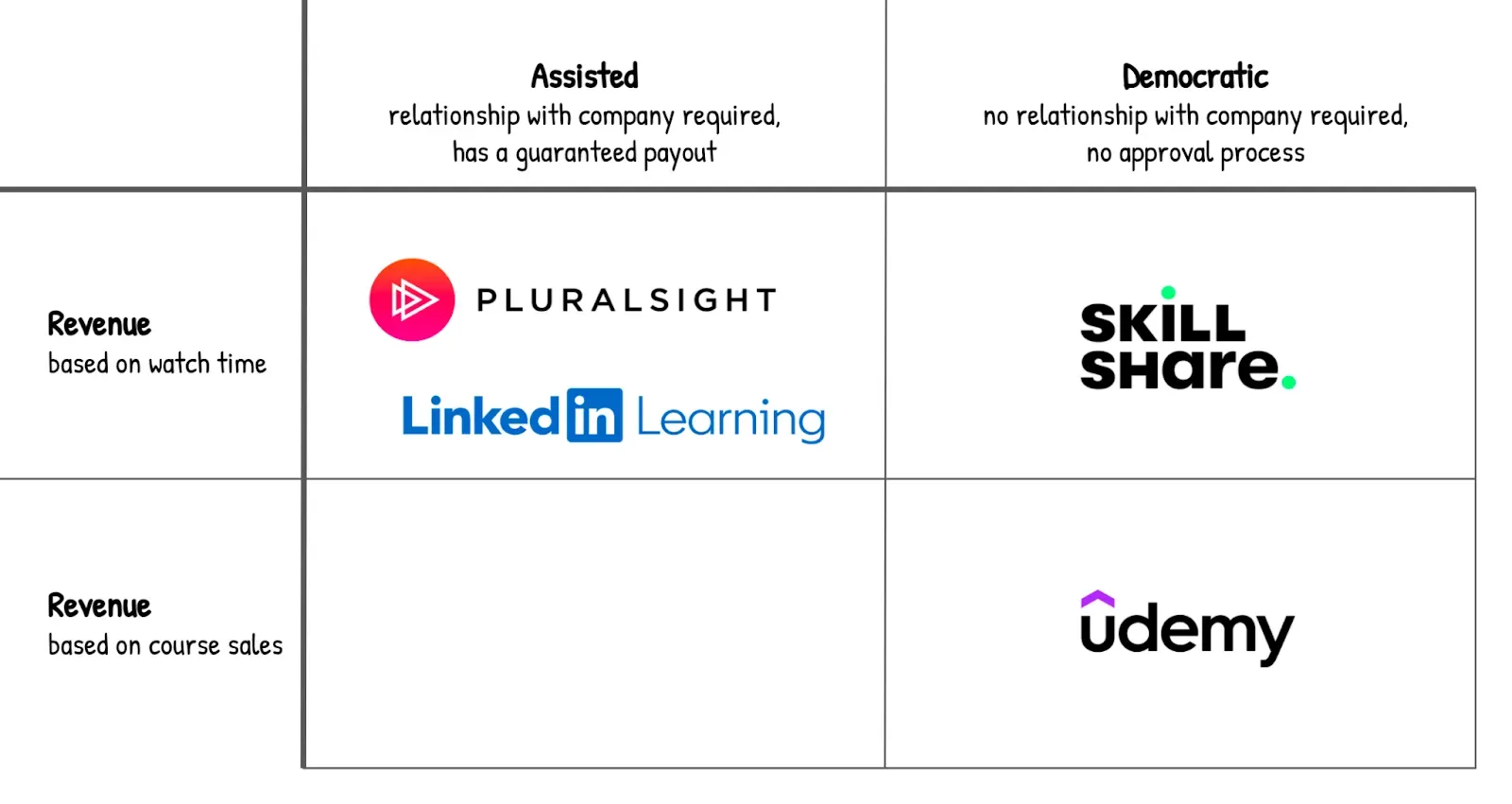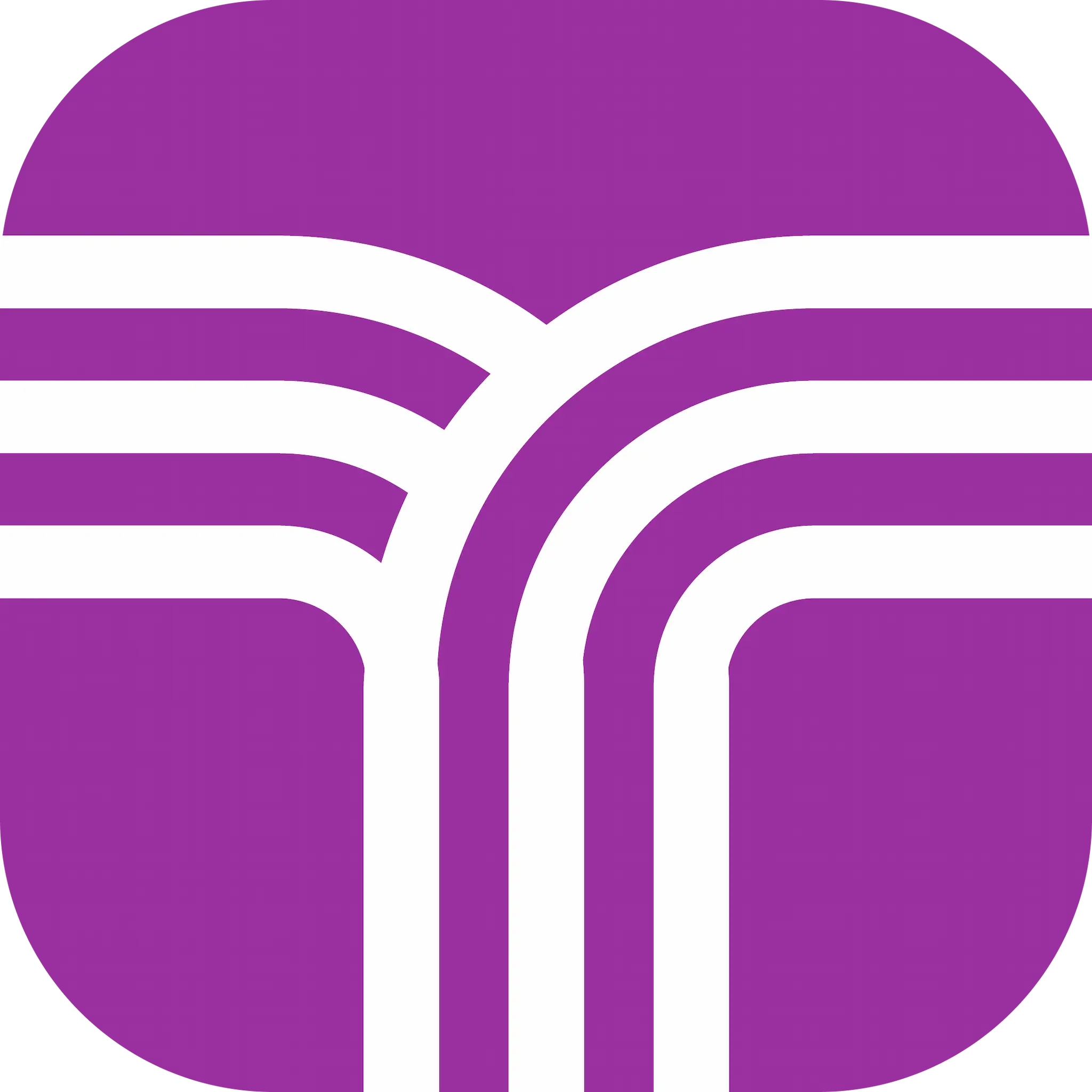Getting Started With The Best Engineering Side Hustle: Teaching

Many people dream about earning money outside their day job. Lucky for you, as a software engineer, you have tons of opportunities to create a lucrative side hustle.
The reason is simple: the demand for software (and software education) has never been higher. This leads to many opportunities, but you must know where to spend your time. Outside of your 9-5 job, your ability to work on something impactful is extremely limited.
In this article, I'll share the two approaches to earning money from side hustles (a.k.a. side projects or side gigs), along with a deep dive into my recommended path – teaching.
Why Teaching Is The Best Side Hustle
There are 2 broad approaches to earning money on your own as an engineer:
- Create valuable software that people are willing to pay for. Common ways to do this are with a mobile app, a website, or an open-source project.
- Teach a course (live or recorded) that teaches the student how to apply or master an in-demand skill.
When starting out, I strongly believe teaching (#2) is the best way to earn a meaningful side hustle income. The challenge with creating valuable software is that success depends on many factors that are not in your control; you could build the best Android app in the world, but getting people to discover and use it is another task altogether. Two examples of an app getting many downloads, but failing to monetize, are from my experience of EmojiStory and Alex's experience with PokemonGO).
Finding the right customer segment and marketing to them often requires many conversations with potential customers, which is challenging on a part-time basis. And selling a B2B SaaS product is even harder, since they'll have expectations of support and compliance that you won't have time for.
On the other hand, teaching has two huge advantages:
- It's easy to create new value with a tutorial: simply observe other tutorials and update them, or present the topic in a unique way.
- Many platforms can pay in advance for high-quality content or instructors.
As a result, teaching online is increasingly becoming the most common side hustle for engineers. I’ve published a course on LinkedIn Learning, created 200+ videos on my monetized YouTube education channel, and built the Android curriculum for Codepath. I make $200-$500 a month from this portfolio. My courses contain several hours of content and take several weeks or months of production time.
Why Now
The COVID pandemic dramatically accelerated the trend toward self-paced, online learning, both for companies and individuals. Many content platforms will pay top dollar for high-quality, engaging courses. The barrier to entry for creating an online course has never been lower – you can get started with a microphone and laptop.
A glimpse of what’s possible: Udemy has several courses that have accrued millions in course sales, Skillshare reports that “top earning teachers make $100,000+ each year”, and Pluralsight announced their first millionaire online teacher way back in 2013.
If you’re getting started as a course creator, I recommend the following platforms, broken into categories:

- Assisted platforms: Upfront payments, instructors must be approved: Pluralsight, LinkedIn Learning
- Democratic platforms: No upfront payments, no approval process: Udemy, Skillshare
If you can work with an assisted platform, start there – my vote is LI Learning. If your content is very niche, or you aren’t able to work with anyone at Pluralsight or LI Learning, then explore the democratic platforms.
I know instructors who have succeeded with each of the 4 companies listed above. These platforms are constantly looking for additional instructors (no need to be a professor at Stanford or MIT), and they’re transparent about how you can succeed. None of these companies require a full-time commitment, and in fact, most of the content comes from part-time teachers who are supplementing their full-time jobs.
I taught for years with Codepath, which was amazing but much narrower and smaller. Local bootcamps or smaller schools can be great starting points since they're less competitive.
The assisted platforms (Pluralsight, LinkedIn Learning) are geared toward experienced professionals: instructors are vetted and assigned a staff member to ensure you produce a high-quality course for inclusion in their catalog. The upfront payments range from $1000 to $5000; royalties depend on course performance. With the assisted platforms, you can build your brand as an expert, and you are guaranteed a minimum payout. However, producing courses with these companies will take longer because of the process overhead, and you won’t get as much control over the content topic.
As the name implies, the democratic platforms (Udemy, Skillshare) have fewer barriers to entry for course creation. You can create any course you’d like, but you’ll face tougher competition – Udemy added 50K courses in the last year, while the LI Learning catalog has 16K courses total. There’s also no guarantee on your earnings – I couldn’t find stats around median earnings for creators, but I’d bet they’re quite low (< $20). Since no central authority curates or limits content, the most successful instructors in this category create many courses in the same area, unlocking huge earning potential that wouldn’t be possible with the assisted platforms.
Pluralsight, LinkedIn Learning, and Skillshare are all subscription products, so your payout is determined by the proportion of viewing time your course contributes. You need students not only to start your course but also to keep watching. Historically, Udemy sold each course individually, but as their strategy shifts to Udemy Business (their enterprise play), their compensation model is adapting to be similar.
How to create a successful course
Like everything else in the internet world (followers, revenue, influence), most earnings will go to a very small subset of creators. How can you improve your chances of being a successful instructor?
Building a high-quality course is an obvious prerequisite since star ratings and student reviews are heavily weighted inputs for ranking your content. Make something you’re proud to show your friends and family, both in terms of content and production quality!
For the course topic, you should identify something that (1) is in high demand and (2) doesn’t have huge competition from existing creators. If you’re reading this, you probably already have some highly leveraged technical skill to satisfy #1.
Finding a niche without excessive competition is trickier. For example, knowledge of AWS is in high demand, but many courses already exist in this area. I have 3 pieces of advice here:
- Catch a new technology early, such as a new product within AWS. Use a tool like marketplace insights from Udemy to identify opportunities.
- Identify a popular course on one platform and port it to another platform (e.g. Skillshare to Udemy).
- Cater to a different audience. Could you make an AWS course for executives, or salespeople, or French speakers?
A note on alternatives
If you haven’t sold an online course before, I highly recommend using one of the platforms discussed above, but I wanted to mention a few other options for completeness.
The lowest-friction approach to publish content is YouTube. As the 2nd largest search engine in the world (after Google), YouTube is a powerful way to reach interested students. Although ad revenue is far less lucrative compared to directly selling content, YouTube is a popular way to build an audience. Many educators (and creators more generally) use YouTube as “top of funnel” marketing, with the goal of getting people to subscribe to their email list, download their app, or sell courses on the above platforms.
On the other end of the spectrum, many self-service platforms are focused on letting you create, market, and sell online courses on your own: Teachable, Kajabi, Thinkific. These platforms work well if you have an existing audience, or if you want more control over the user experience. However, they also charge a fixed monthly cost, so most creators prefer to simply leverage existing marketplaces that provide the audience.
Earning your first dollar on your own – outside the confines of a W-2 job – is extremely liberating and satisfying. For engineers, teaching is a far more predictable and straightforward to earn money compared to building a product. Try out a bunch of things and let me know how it goes!




Comments ()